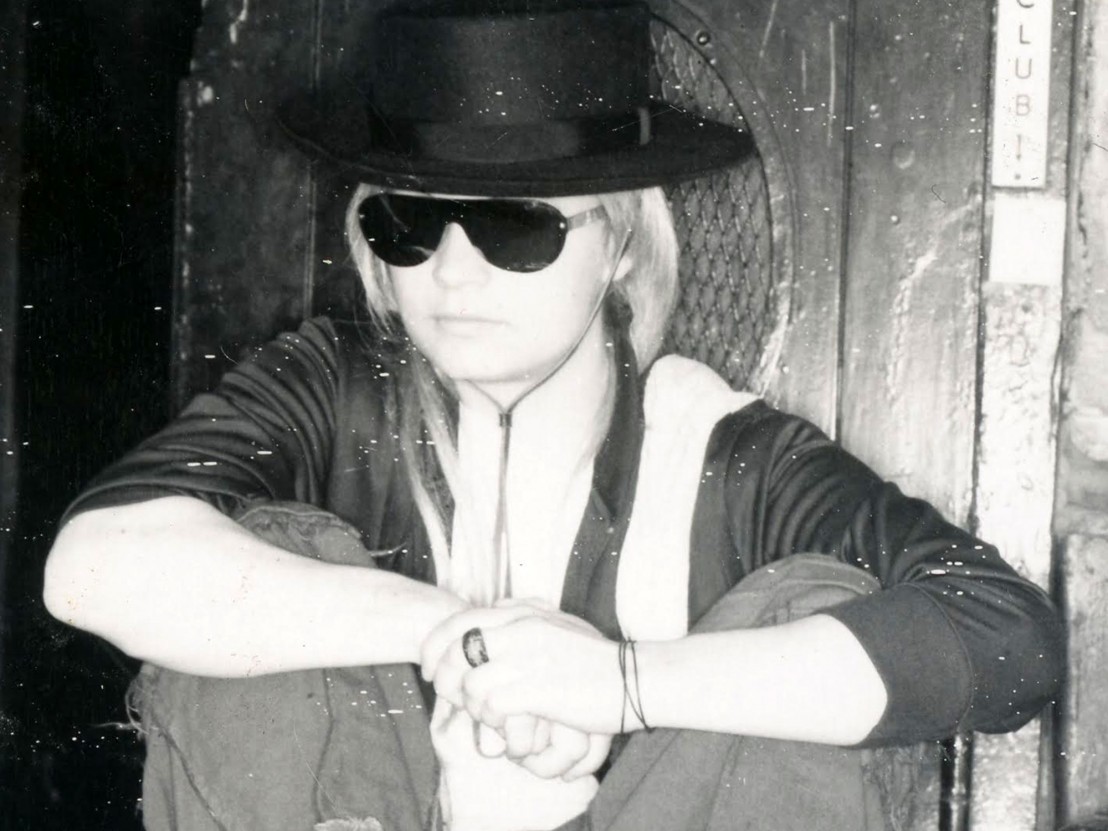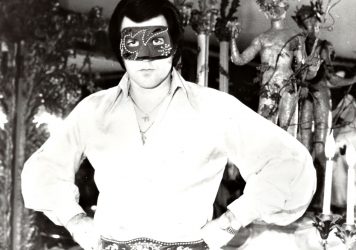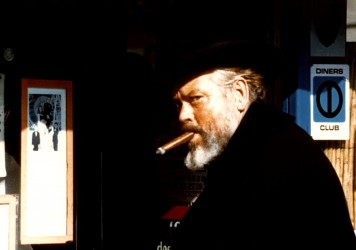
“The question to ask is not whether it’s real or fake, but whether it’s a good fake or a bad fake.” This line is from the gold standard of documentaries about art world hoaxes: Orson Welles’ F for Fake. This playful film delights in switching between artificial and raw material in order to prove that, as long as art is rendered in convincing detail, a truth will resonate. Maybe not ‘the’ truth – down on the ground in the facts of this world – but what does news data matter if art stimulates abstract realisations? How can we ascend to the peak of our imaginations, without the benefit of some magical fakery?
It’s a shame that Welles isn’t around to weigh in on Author: The JT Leroy Story. Directed by Jeff Feuerzeig (responsible for 2005 wonder-work The Devil and Daniel Johnston), it’s also kind of directed by Laura Albert – better known by her eponymous pen-name. ‘JT LeRoy’ was a blonde androgynous, former teen hustler and abuse survivor, whose writing (then seen as ‘memoir’) caused the hippest celebs to worship at his church. Gus Van Sant, Courtney Love, Michael Pitt, Billy Corgan, Shirley Manson, Lou Reed, Asia Argento and countless others are captured on film and, more intriguingly, recorded on the tapes that Albert kept of her phone conversations. Phone was the interaction portal, until, in the 2000s, demand for a physical presence became such that Albert dressed-up her boyish sister-in-law, Savannah, who then travelled the world, lapping up international acclaim, with Albert by her side posturing as an assistant named ‘Speedie.’
Feuerzeig’s film is the truth according to Albert, who narrates the doc, folding in anecdotes about her personal pre-JT origins. Her perspective comes across in the broadly open but disturbingly specific style that made the likes of ‘Sarah’ and ‘The Heart Is Deceitful Above All Things’ so compelling. There is no doubt that she is a great storyteller and no doubt that her life was shaped by childhood events no less traumatic than the baggage she saddled to her male alter-ego. In short, there is no doubt that the crux of the fake identity she invented was true, insofar as emotional truth carries weight.
According to Albert, she was too uncomfortable to talk or write about herself directly as a female abuse survivor and someone inhabiting a fat body. Multiple times we hear about her physical shame. Keeping her work alive meant keeping the mythology of its creator alive. Her premonition about the type of writer her fans wanted to see was borne out by what happened after a street-chic waif with big eyes and a shock of blonde hair emerged. Would the same level of success have met Albert as she was? We’ll never know. It’s possible that, like many of us, she was propagating her phobic values through self-fulfilling prophecy – pushing out a glam avatar and by doing so pushing down chances to succeed au natural.
The motor of Feuerzeig’s documentary is the spectacle of seeing the juicy range of high-flyers who believed in the work and therefore – implicitly, unquestioningly – the existence of JT LeRoy. This is a superficial delight – an appropriate one given Albert’s image concerns and a deeply engaging one due to those endless telephone recordings (If you’ve ever wanted to hear Courtney Love snorting a line of coke in real-time, now’s your chance!) What is enduringly fascinating, however, is the slew of questions on identity, authenticity and artistic legitimacy that the doc leaves you mulling.
If enough people believe in a being does it come to exist legitimately in the public consciousness, like God or The Candyman? Does it matter if a person lies in their transient daily life if their immortal artistic output rings true? Is it even possible to be entirely truthful at every stage in creation? In telling one big lie, did Albert free herself to tell one big truth?
Maybe I’m a fool but when I heard Albert articulating her elaborate motive for duping millions, (while also raking them in) it scanned like an extraordinary victory for creativity. She claims to be rooted in innate gender and identity fluidity, and I am willing to believe this. Perhaps she is camping out in the blind-spots of tolerant and good-natured cultural appreciators but it seems more plausible that by putting on another’s face she gained the freedom to forge connections that she wouldn’t have had the confidence to pursue from her own body.
What more empowering story is there to tell about creativity than this one about a woman who entered her imagination and came out the other side richer and with more friends? She was a good fake, so very good that some of her new artistic pals instantly forgave the duplicity. It wouldn’t be so if the books she wrote espoused a stiff and rigorous approach to morality, but they are centred around the innocence that can exist in sleazy places. Her lies are accounted for by her truth, and her truth is buried in her lies. The two are so intertwined that if you want one, you accept the other.
Published 6 Jun 2016

Some of the world’s leading documentarians take the pulse of an ever-changing artistic medium.

Don’t miss Jeanie Finlay’s portrait of an enigmatic Elvis impersonator.

For his final trick, Orson Welles will deliver a fruity, funny film essay. And astonishing it is too!